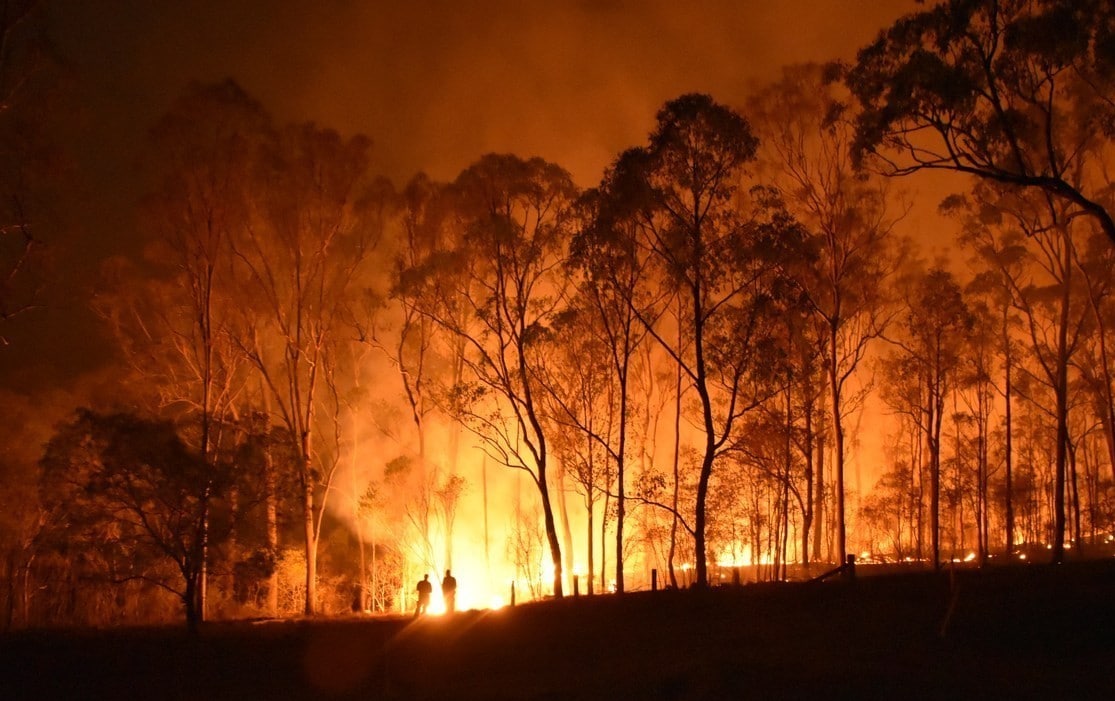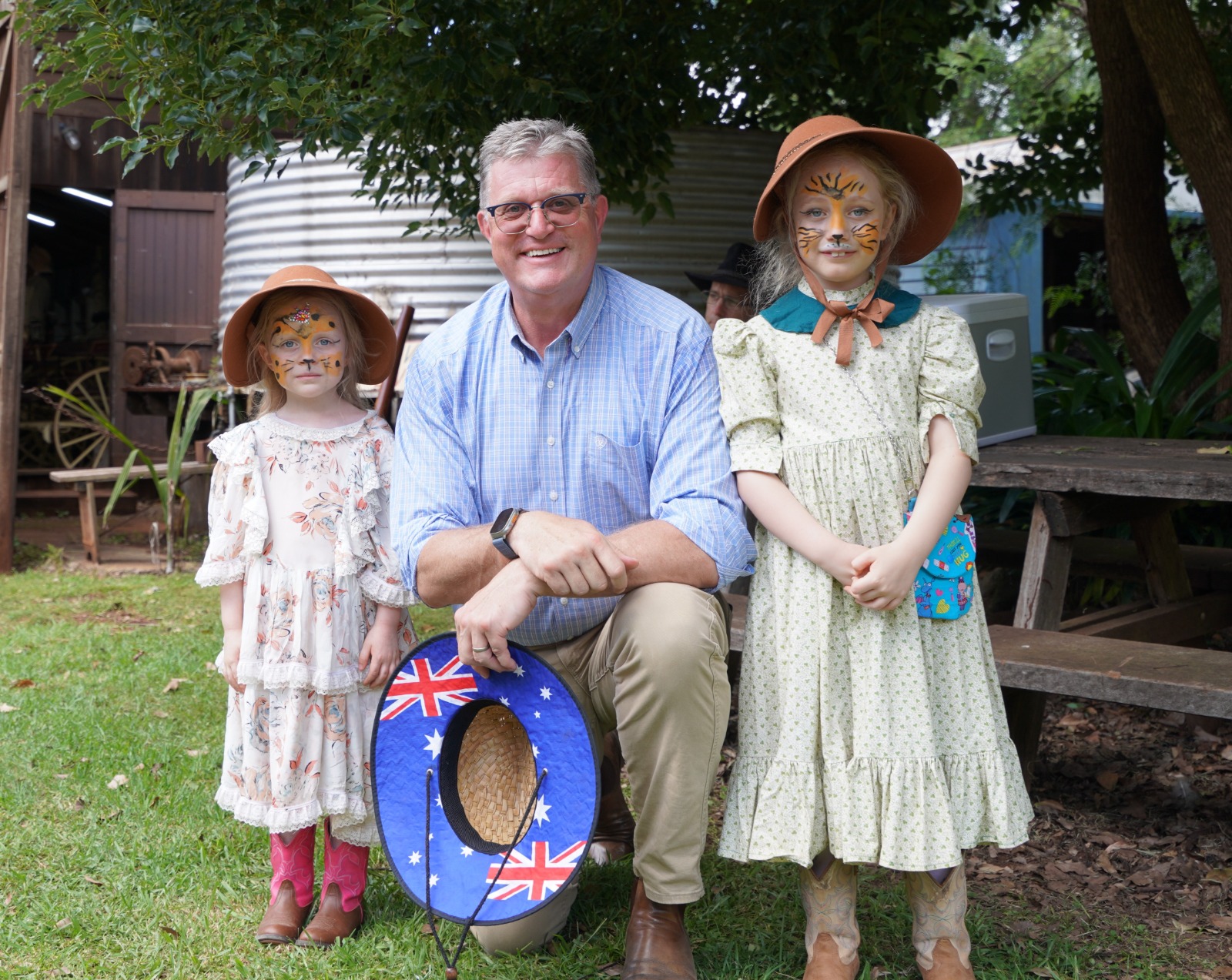Tuesday, 29th September 2020
The LNP has welcomed the endorsement of its bushfire mitigation plan by the experts in the field – the Rural Fire Brigade Association of Queensland (RFBAQ).
The RFBAQ’s ringing endorsement stated it was “supportive of the LNP 10 Point Plan and see it as a platform for brigades and landholders to better manage their bushfire risk”’*.
The LNP also received full marks from the RFBAQ on the association’s key five
key strategies it had identified to improve the treatment and support for its
35,000 volunteers**.
LNP Shadow Minister for Fire and Emergency Services Lachlan Millar said the LNP
was the only party that had a serious plan to get Queensland’s bushfire
mitigation back under control.
“Queenslanders can have confidence in our plan for bushfire mitigation that is backed by the experts responsible for fighting fires,” Mr Millar said.
“This endorsement from the RFBAQ comes after the Federal Government’s Royal
Commission in bushfires interim report supported key elements of the LNP’s
comprehensive plan to get Queensland bushfire ready.”
“The LNP’s 10-point bushfire mitigation plan will restore local control to
rural fire brigades as well as establish a dedicated Rural Fire Board.
“The LNP is the only party that has a plan that will put bushfire prevention at the forefront of its priorities to ensure Queenslanders are kept safe.
“In stark contrast, the Palaszczuk Labor Government is using smoke and mirrors to hide its cuts to Queensland’s rural fire brigades.
“A Deb Frecklington LNP Government will treat rural firies with the respect
they deserve and provide them with the equipment they need.”
*
RFBAQ LNP 10-point bushfire plan: https://www.rfbaq.org/lnp-10-point-bushfire-plan
** RFBAQ 2020
State Election Commitment request from Registered Political Parties https://rfbaq.org/stateelectionpolicies?fbclid=IwAR1Aj5Owe2ZJ2zTQJbohdEXakBGH6GjZsZNKwhPNQuaAo6fgcsPV9uTYzd4
The
LNP’s 10-point bushfire mitigation plan
One-stop-shop for streamlined approval process: The
LNP will establish a single point of contact for all landholders (local, state
and federal) to answer and enable bushfire mitigation inquiries, as recommended
by the 2018 IGEM report.
Deemed approval after 15 business days under a “right to burn” model:
Properly made applications will be automatically approved after 15 business
days to give landholders and councils certainty. This will stop permits getting
lost in bureaucratic process and restore accountability and bring certainty to
landholders and allow government to scale up or down resources to respond to
demands for permits.
New KPIs to achieve 98 per cent of hazard reduction activities: There
are currently no KPIs holding government departments to account on hazard
reduction burns, the creation of firebreaks and community education. Between
2016 and 2019, Only 54% of hazard reduction burns planned have been completed.
There’s also been a 30 per cent reduction in completed overall hazard reduction
activities.
Indigenous rangers to undertake traditional burning: The
LNP will trial a traditional burning program run by indigenous rangers. The
program won’t replace Rural Fire Brigades’ role in managing and coordinating
hazard reduction burns. It will compliment pre-existing efforts by combining
traditional and modern burning practices. Blending cultural and modern burning
techniques has proven successful and should be expanded.
Establish a Natural Disaster Cabinet Committee to monitor preparations: The
group will be chaired by the Emergency Services Minister and QFES Commissioner.
It will monitor the progress of state departments and landholders conducting
hazard reduction activities.
Monitored grazing in state forests, some national parks to manage fuel loads: The
2018 IGEM report cited grazing as a measure used in conjunction with a suite of
hazardreduction measures. Grazing will be monitored to protect the
environment but also managefuel loads.
Establish metropolitan-based Rural Fire Volunteer brigades: Just
like in Sydney and Melbourne where brigades exist that are operated by
volunteer firefighters that can be called on during extreme bushfire events to
surge capacity, a similar model should be investigated in Queensland to make
use of the large number of SEQ based volunteers.
Restore local control to Rural Fire brigades: This
will restore recent management structure changes that pushed local fire
brigades under the reporting authority of regional urban fire groups.
Establish a Rural Fire Board: The Rural Fire Board will be
made up of respected rural fire brigade members from across Queensland as well
as members appointed by the Government. Future policy direction or matters that
affect brigades and volunteers would need to be accepted or made workable by
this representative board.
Review of aerial firefighting capability: A review and stock take of aviation fire assets in Queensland to ensure the state’s capacity will accommodate future increased fire risks.




